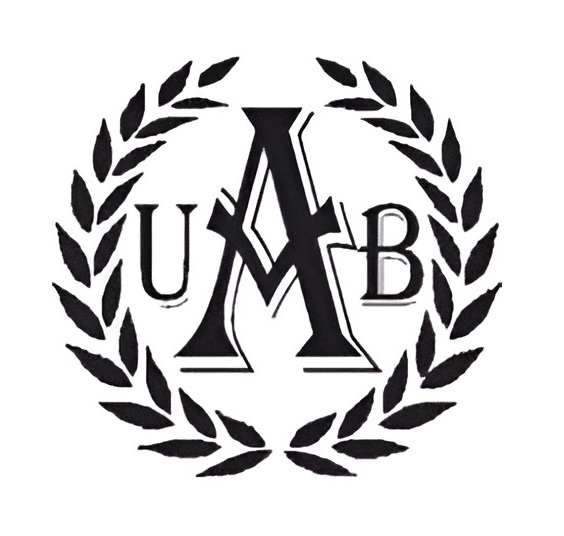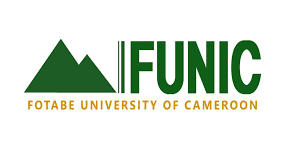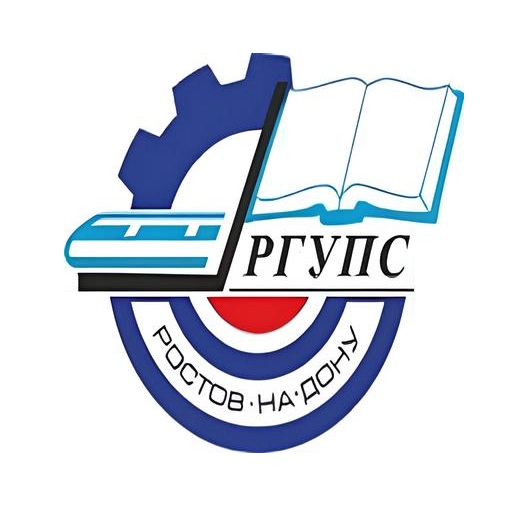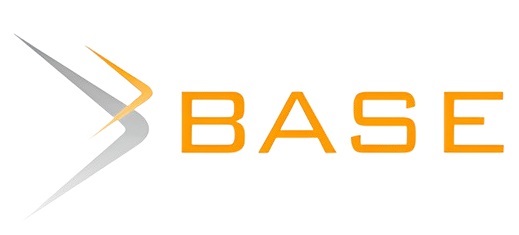Effects of Virtual Laboratory-Based Instruction on the Frequency of Use of Experiment as a Pedagogical Approach in Teaching and Learning of Physics in Secondary Schools in Kenya
Keywords:
Active learning, Experiments, ICT Integration in Learning, Virtual Laboratory (VL)Abstract
Information and communications technology (ICT) incorporation in teaching physics in Kenyan secondary schools cannot be overlooked, given the key roles and benefits that ICT offers in the process of teaching and learning. Consistently poor average scores in the subject currently witnessed at the Kenya Certificate of Secondary Education (KCSE) level in Physics can be attributed to low student motivation and traditional teaching strategies. For instance, in the years 2016, 2017, 2018, and 2019, Kisumu County registered low mean scores of 4.23, 4.98, 4.67, and 4.10, respectively, in physics in KCSE. Therefore, there is a need for the incorporation of more effective teaching strategies to improve performance in physics and for students’ interest and attitude in learning the subject to change. Technology-based or enhanced learning leverages all learners, irrespective of their traits or socio-economic status. This study aimed at establishing the effects of virtual laboratory-based instruction (VLBI) on the use of experiments as a pedagogical approach. The study objectives were to establish the effect of virtual laboratories on the frequency of use of experimental teaching approaches in learning physics in secondary schools and to determine the extent of the relationship between physics teachers knowledge of the selected ICT frameworks and the use of virtual experiments in teaching and learning physics in secondary schools in Kenya. The study was supported by behaviourism learning theory and adopted quasi-experimental research designs. The physics teachers were purposefully sampled from each selected school. The sample size was 44 teachers and 358 students, summing up to 402 respondents. The data was analyzed using both descriptive and inferential statistics. The study concluded that virtual laboratories advance the use of experimental teaching approaches and that there was no statistical significance between the knowledge of the teacher about the selected ICT framework and the use of virtual experiments. The findings of this study would help educational planners successfully design and implement various classroom-based innovations that would enable seamless integration of virtual laboratories into classroom instruction.
Published
How to Cite
Issue
Section
Copyright (c) 2023 Elijah Okono, Eric Wangila, Annet Chebet

This work is licensed under a Creative Commons Attribution-NonCommercial 4.0 International License.
Most read articles by the same author(s)
- Salmon Owidi, Eric Wangila, John O. Shiundu, Mukasa Simiyu, Assessing the Prospects and Challenges of Online Learning in Kenyan Public Universities: A Case Study of Masinde Muliro University of Science and Technology , African Journal of Empirical Research: Vol. 4 No. 2 (2023): Jul-Dec 2023
- Abisaki Aono Oloo, Prof. Elizabeth Abenga, Dr. Eric Wangila, The Status of Implementation of Non-Formal Curricular (NFC) in Secondary Schools in Kakamega County, Kenya , African Journal of Empirical Research: Vol. 5 No. 2 (2024): Apr-Jun 2024
- Elijah Okono, Elizabeth Abenga, Caroline Ayoti, Leveraging on Virtual Laboratory-Based Instruction to Achieve Active Classroom Interaction in Teaching and Learning of Physics in Secondary Schools in Kenya , African Journal of Empirical Research: Vol. 4 No. 2 (2023): Jul-Dec 2023
- Abisaki Aono Oloo, Elizabeth Abenga, Eric Wangila, Resource Availability and its Role in Promoting Participation in Non-Formal Curricular Activities in Kenyan Secondary Schools , African Journal of Empirical Research: Vol. 4 No. 2 (2023): Jul-Dec 2023
- Damaris Muthoka, Eric Wangila, Ohanga Karren Ongeti, Effect of industrial induction process on acquisition of vocational skills during industrial attachment among TVET Trainees in Kakamega County, Kenya , African Journal of Empirical Research: Vol. 6 No. 3 (2025): Jul-Sep 2025























